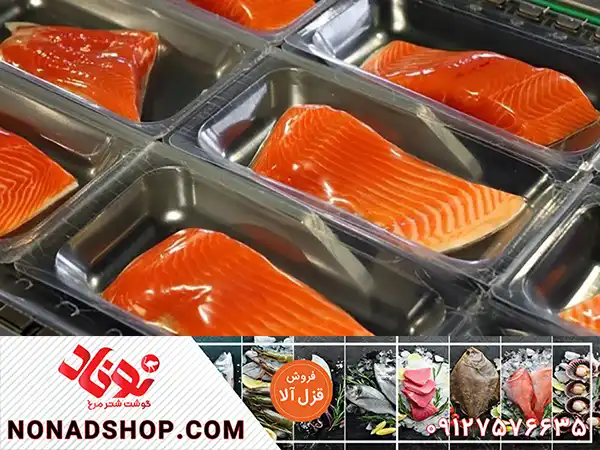
Economics of growing salmon in recirculating
aquaculture systems (RAS)
Abstract
The article discusses the economic aspects of salmon farming in recirculating aquaculture
systems (RAS) and highlights the differences between RAS and traditional hatcheries. The
fast growth rates achieved in ideal conditions make RAS projects highly profitable, with an
internal rate of return (IRR) of up to 30%. However, several factors need to be considered
when evaluating the investment efficiency, including growth periods, mortality rates, feed
conversion ratios, and fish purging before slaughter. The high energy consumption required
to power pumps and chillers for water cooling adds to the operational costs of RAS farms,
and designing farms should be done to align with ESG principles. The article outlines the
main principles that should be taken into account when considering investment in RAS
salmon farming projects
Abbreviations: RAS, recirculating aquaculture systems; IRR,
internal rate of return; ESG, environmental, social, and governance;
FCR, feed conversion ratio

Introduction
Fish farming is a rapidly growing industry that is gaining
popularity across the globe. One of the most promising technologies
for raising fish in a sustainable manner sustainably raising fish is
recirculating aquaculture systems (RAS). RAS is a type of fish
farming that involves the use of tanks on land where fish are raised in
a controlled environment. RAS or Recirculating Aquaculture Systems
have revolutionized fish farming and made it possible to grow fish
free from environmental risks and climatic factors.
Benefits of farming salmon in RAS
Let’s look more deeply to at the economics of fish farming. First,
it is needed to decide what fish to raise. There are several reasons
why salmon is one of the preferred fish species for cultivation in
Recirculating Aquaculture Systems (RAS).
Firstly, salmon is a highly valued fish species in many markets,
including Europe, North America, and Asia. This makes it a profitable
species to cultivate, with the potential for high market demand and
premium prices. In the US market, there is a shortage of the own
produced salmon. Most of it is imported1 and the local demand is
high. There is a large and established market for salmon, making it an
attractive option for fish farmers.
Secondly, salmon is a carnivorous fish species, which means
that it requires a high-protein diet. The price for salmon comparing
compared with the cost of feed is relatively high. In RAS, the water
is continuously recycled, which can result in high levels of ammonia
and nitrite, which can be toxic to fish. To maintain water quality, RAS
facilities must have effective bio filtration systems. Salmon’s high
protein diet means that it produces more waste than other fish species,
which in turn means that it requires a more efficient bio filtration
system. Therefore, growing salmon in RAS is a good fit, as it allows
for effective nutrient removal and water treatment.
Also, there is a need of for salted water and its discharge. Ideally,
the farm should be located with the access to the sea water. But there
are also options to locate the farm in the freshwater environment and
to add salt artificially. A similar project has already been implemented
by Aquamaof in Poland.3
Overall, these factors make salmon an ideal fish species for
cultivation in RAS, and the preferred choice for many fish farmers
looking to establish profitable and sustainable aquaculture operations

Necessary capital investments for the
construction of the farm
According to the largest RAS equipment suppliers the minimum
volume of fish farming at which construction is economically feasible
is around 2.5 thousand metric tons. Most suppliers of technological
equipment offer to build farms with a capacity of 5 thousand metric
tons. However, one should not forget about the risks and capital
investments required to implement such a project.
The volume of capital expenditures for the construction of
2.5 thousand tons of salmon amounts to about $60 million, with
approximately 45% being spent on technological equipment and
the rest on construction, design, land, and permits. In addition to
the necessary capital expenditures, it is also important to consider
financing working capital in the amount of the cost of 2 years of fish
cultivation until the first sale, which for this size of the facility will
amount to about $10 million. Also, funds will be needed to pay interest
during the investment phase until the project begins to generate profits
independently






بدون دیدگاه